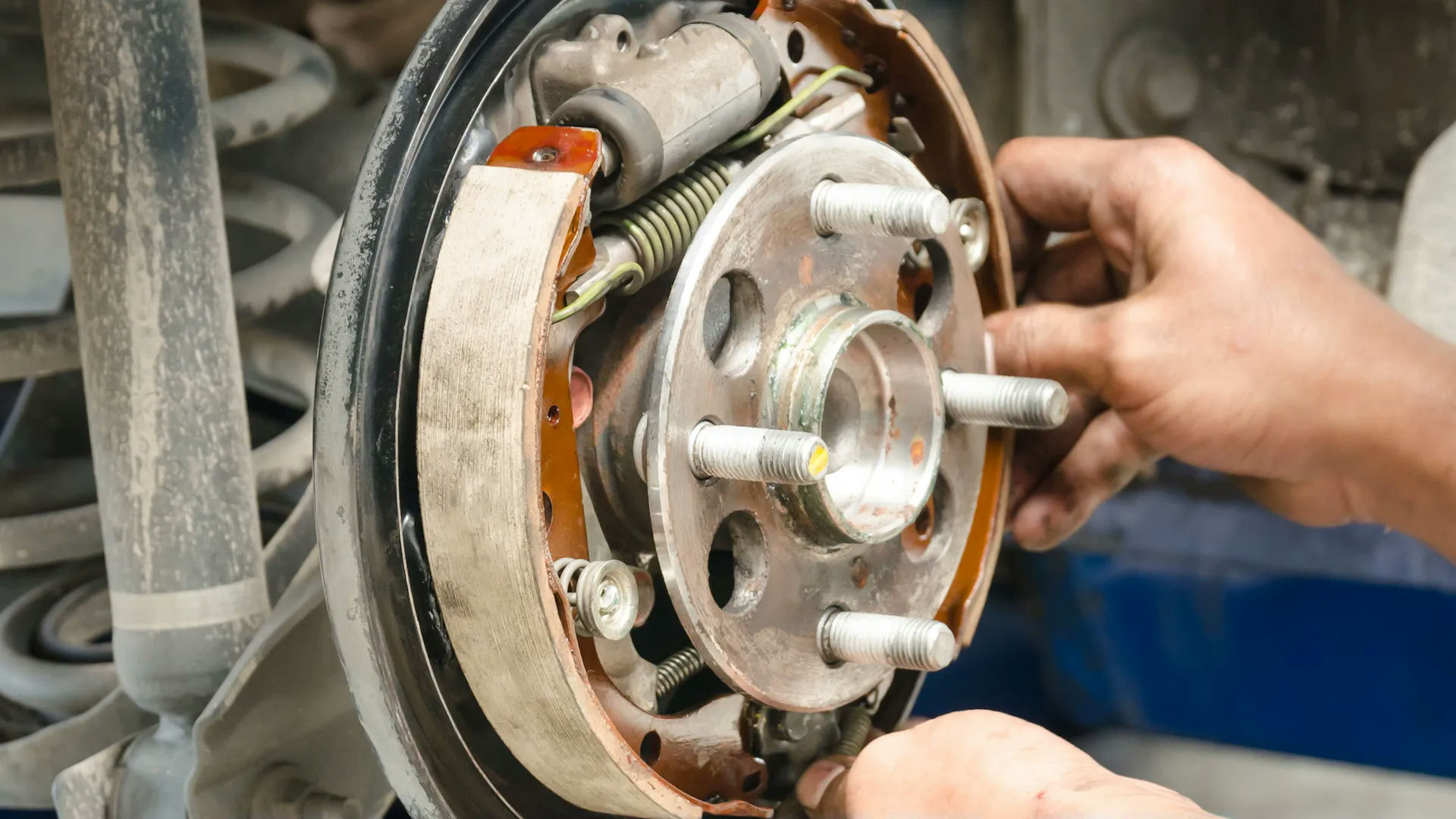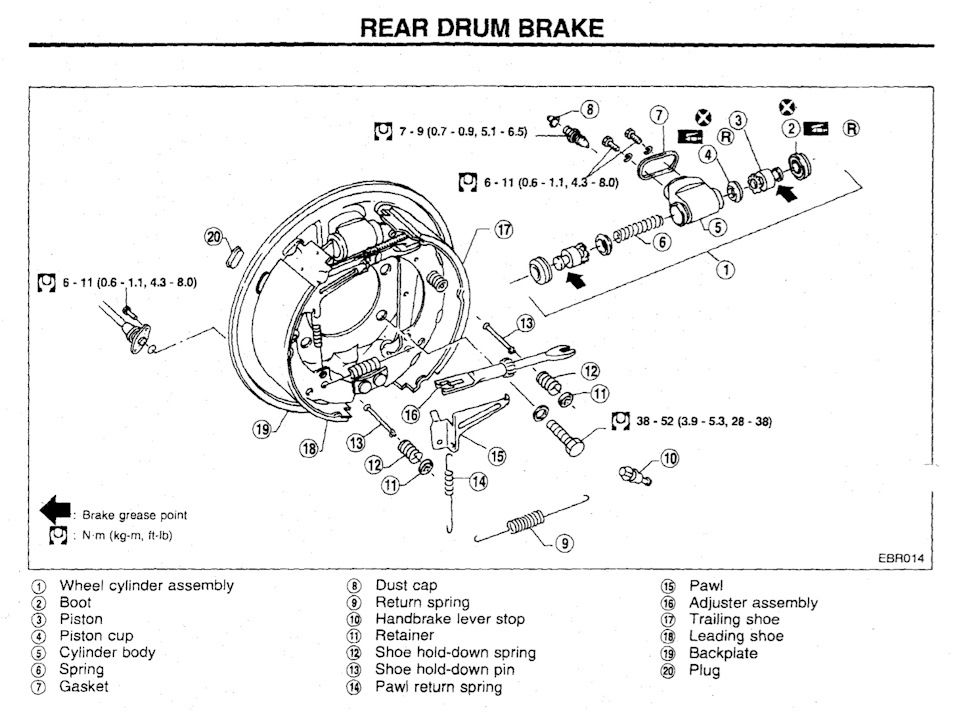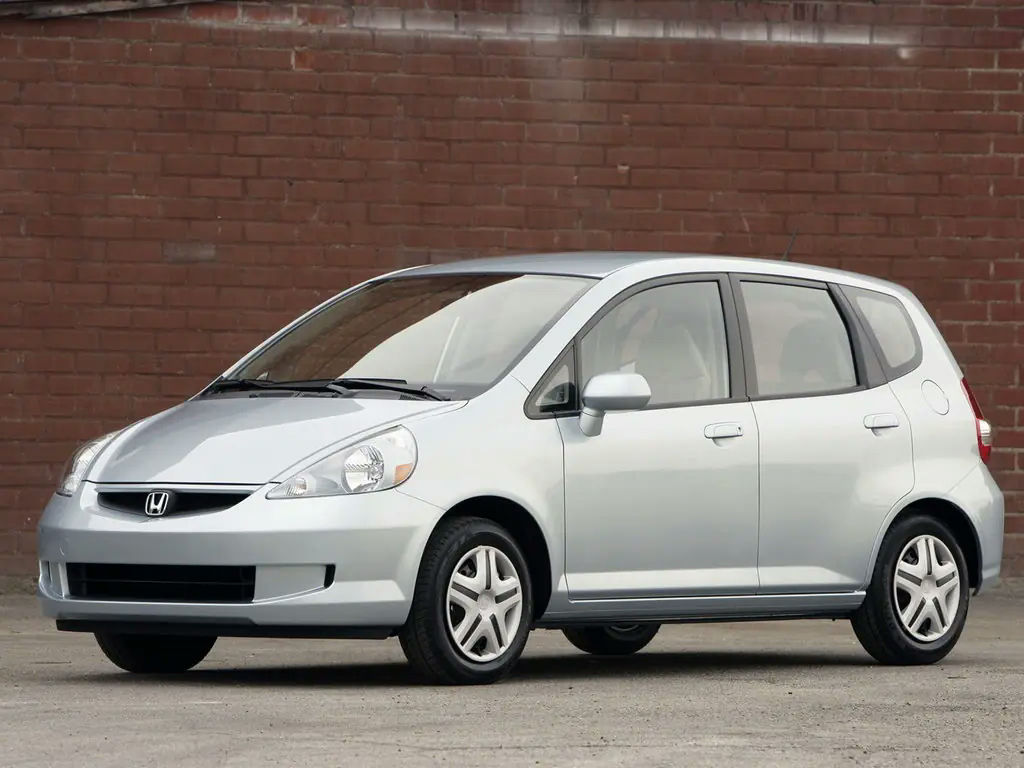
Exploring the History and Functionality of Drum Brakes
Drum brakes have a fascinating history that dates back to the early 20th century, primarily developing alongside the rise of the automobile industry. Originating around 1902, drum brakes were initially designed by Louis Renault. They gained widespread popularity due to their relatively simple design and robust stopping power. Drum brakes function by utilizing brake shoes that press outwards onto a rotating drum attached to the wheel. This action creates friction, which in turn slows down or stops the vehicle. Despite the advent of disc brakes, drum brakes are still used today in many vehicles, often on the rear wheels. This is because they provide sufficient braking power, are cost-effective, and can house a parking brake mechanism within the drum, making them a versatile choice for various applications.

Cost-Effective
Drum brakes are often more affordable to manufacture and repair compared to disc brakes. This can result in lower overall maintenance costs for the driver over the lifespan of the vehicle. The parts are generally less expensive, and the design allows for simpler repairs.
Efficient Parking Brake Integration
Drum brakes easily incorporate a parking brake mechanism. This makes them a two-in-one solution for both stopping and parking. They offer reliable performance when the vehicle is stationary, especially on inclined surfaces.
Longer Lifespan of Brake Shoes
The brake shoes in a drum system typically wear out slower than brake pads in disc systems. This can result in longer intervals between brake maintenance. Therefore, drivers might find themselves replacing brake components less frequently.
Greater Control in Emergency Situations
Drum brakes have a self-energizing effect, where they can amplify the force applied to them. This can provide greater stopping power in emergencies. However, this can also mean they are less predictable in performance compared to disc brakes.
Simpler to Service in Remote Locations
The straightforward design of drum brakes can make them easier to service in less equipped locations. This means that if you’re traveling through rural or remote areas, finding someone who can repair them might be simpler. Their design doesn’t require specialized tools or training, making them accessible for quick fixes.
Less Effective Heat Dissipation
Drum brakes have a harder time dissipating heat compared to disc brakes. When you use them extensively, like on long downhill drives, they can overheat. Overheating reduces their braking efficiency and can lead to brake fade. This means you'll need more distance to stop the car, which can be dangerous if you aren't prepared.
More Prone to Wear and Tear
Drum brake components tend to wear out faster. The internal parts can get contaminated with dirt and water, leading to corrosion. Also, the brake shoes need to be replaced more often than the pads in disc brakes. Over time, this leads to increased maintenance costs and more frequent trips to the mechanic.
Less Responsive in Wet Conditions
In wet conditions, drum brakes can be less responsive. Water can get inside the drum and create a slippery layer between the brake shoes and the drum. This reduces the friction needed for effective braking. As a result, your stopping distance might increase, which can be unnerving in rainy weather.
Requires More Maintenance
Drum brakes require more maintenance compared to disc brakes. Due to their complex structure with springs and other components, they need regular adjustment and cleaning. This isn't just a time sink but also adds to the long-term cost of keeping your car in good shape.
Heavier Design
The design of drum brakes tends to be heavier than disc brakes. Adding extra weight to your vehicle can affect its fuel efficiency. It might not be a major concern for daily driving, but it does contribute to higher fuel costs over time and slightly less nimble handling.
Difficulty in Self-Servicing
Self-servicing drum brakes can be challenging. Their design is more complicated and requires specialized knowledge and tools. This means that for most drivers, any issues with drum brakes will need a trip to the mechanic, adding inconvenience and extra costs.
Potential for Brake Fade
Brake fade is a significant concern with drum brakes. Under heavy braking, such as in emergency situations, their performance can deteriorate quickly. This is due to the heat build-up inside the drum, which reduces the friction necessary for effective braking. Therefore, your ability to stop quickly and safely can be compromised, increasing the risk of accidents.

Drum brakes, while not as prevalent as disc brakes in modern vehicles, still find their applications in various cars, particularly within certain segments.
Toyota Corolla: A well-known example is the Toyota Corolla, particularly the lower trim levels and older models. The rear wheels often utilize drum brakes. This decision is usually driven by cost considerations and the fact that many drivers of these cars aren't looking for performance but rather dependable daily commuting. Drum brakes in these models provide sufficient stopping power at a lower manufacturing expense.
Honda Fit: In the case of economy cars like the Honda Fit, drum brakes are commonly found on the rear wheels, especially in earlier models or base trims. Similar to the Corolla, the use of drum brakes helps keep the production cost down while delivering adequate braking performance. The compact nature and purpose of the Honda Fit—as an urban-friendly, fuel-efficient model—means that its braking needs can be sufficiently met with drum brakes.
Ford Escape: Moving onto the compact SUV category, the Ford Escape has employed drum brakes in various models. Specifically, older generations of this vehicle utilized rear drum brakes. The SUV's design for practical, everyday use rather than high-speed performance makes the drum brake a logical choice for keeping costs aligned with consumer expectations.
Nissan Versa: Another notable example is the Nissan Versa, which has frequently featured drum brakes on the rear wheels, particularly in its earlier iterations and in base-level trims. The Versa is targeted towards drivers who need reliable, cost-friendly transportation. Drum brakes fit right into this paradigm by offering cost-effective and durable braking solutions.
Ford Ranger: In the pickup truck domain, particularly older and some economy models, you can find drum brakes. Vehicles such as the Ford Ranger from earlier generations have incorporated rear drum brakes. Since trucks often carry heavy loads, the self-energizing feature of drum brakes—where they use the vehicle's momentum to enhance stopping power—can be advantageous, which is a key reason for their use in such applications.
Chevrolet Spark: Lastly, the Chevrolet Spark, another small, economical vehicle, is known to have used rear drum brakes. The Spark is designed for efficiency and affordability, and drum brakes contribute to these goals by being both less complex and cheaper to produce than disc brakes.
Drum brakes remain a practical choice in scenarios where cost efficiency, longevity, and satisfactory performance are prioritized over high-end braking power. Despite the dominance of disc brakes in modern high-performance and luxury vehicles, drum brakes continue to hold their ground in various economical and utility-driven models.
That's just over the last decade according to the night Franks Luxury Investment Index, making it the best-performing asset class of any other type of collectible. MyGarage.AI was developed to take your car collection and preservation the extra mile with a growing list of innovative features.
Utilize cutting-edge AI to discover fascinating facts about your car and compose engaging, descriptive narratives that highlight its unique story.

Access vast datasets to populate your car’s specifications, title history, and more, ensuring your records are detailed and accurate.

Document key aspects of your car’s history, maintenance, restoration, customization, and performance. Preserve every detail that makes your car special.

Store photos, videos, and records of awards or special recognition, creating a rich, visual history of your vehicle.

Join group forums and participate in event postings to connect with fellow car enthusiasts and build a supportive community.

Enjoy complete control over your privacy and sharing settings. Share your car’s legacy through a searchable gallery or on social media platforms with ease.

Our mobile-friendly platform makes it easy to document and share your car’s legacy anytime, anywhere.

Discover, preserve, and share the legacy of your precious automotive assets to increase their appeal and value.